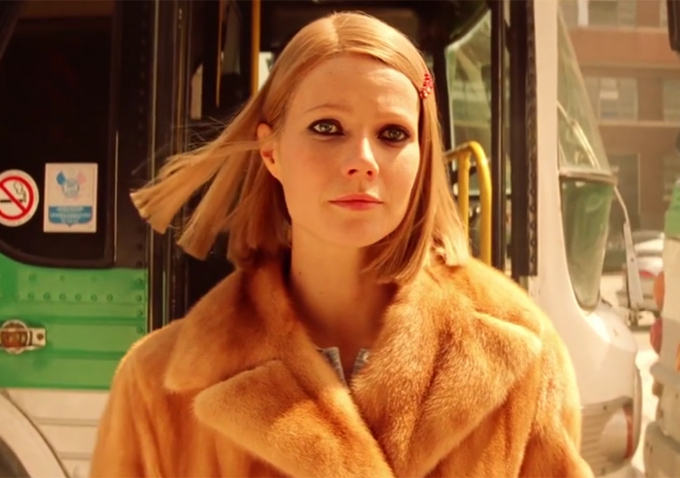
The first list in this series looked at some of the most influential films on male fashion from across the world. Following the same parameters this second list will look at some of the most iconic moments of style with the focus being on women.
Cinema may come with preformed ideas about glamour and fashion. Hollywood itself has had a big hand in shaping those ideas with its soft lights and sparkling demeanour.
Not just the films or the stars but individual moments have captured public attention and have come to represent something bigger, think of the air vent gushing under Monroe’s dress in The Seven Year Itch.
It would be foolish to deny just how much cinema has shaped fashion culture on and off the screen over the last century. However, fashion in film is not just high society cocktail gowns and sparkling jewels.
Cinema has the ability to transform any everyday look into something crafted with meaning and individual expression; to make something representative of a generation, or groundbreaking and boundary pushing. This list celebrates 20 unique and iconic looks and the women that owned them.
1. Morocco (1930)
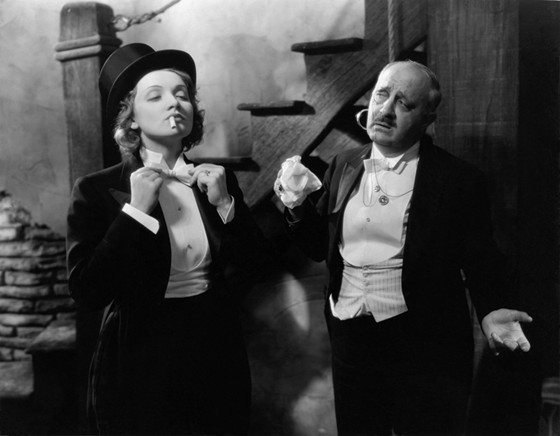
Marlene Dietrich was one of the most prominent actresses of the 1930s, including many famous collaborations with fellow German Joseph Von Sternberg. The allure of her persona was a mix of feminine grace and masculine independence.
This manifested in her almost androgynous fashion sense, on and off screen, most famously seen, perhaps, in the 1930 film Morocco. Dietrich plays a cabaret dancer who falls in love with a legionnaire. The black sequin cabaret dress is classic Dietrich. However, the real impact comes from a scene where she dresses up as a man.
Made in a Pre-Code Hollywood this scene caused waves of controversy when Dietrich, performing in a top hat and tails, kisses another woman. Daring and trend-setting, this is a defining moment that seems to encapsulate the actresses fascinating career.
2. Gone With the Wind (1939)
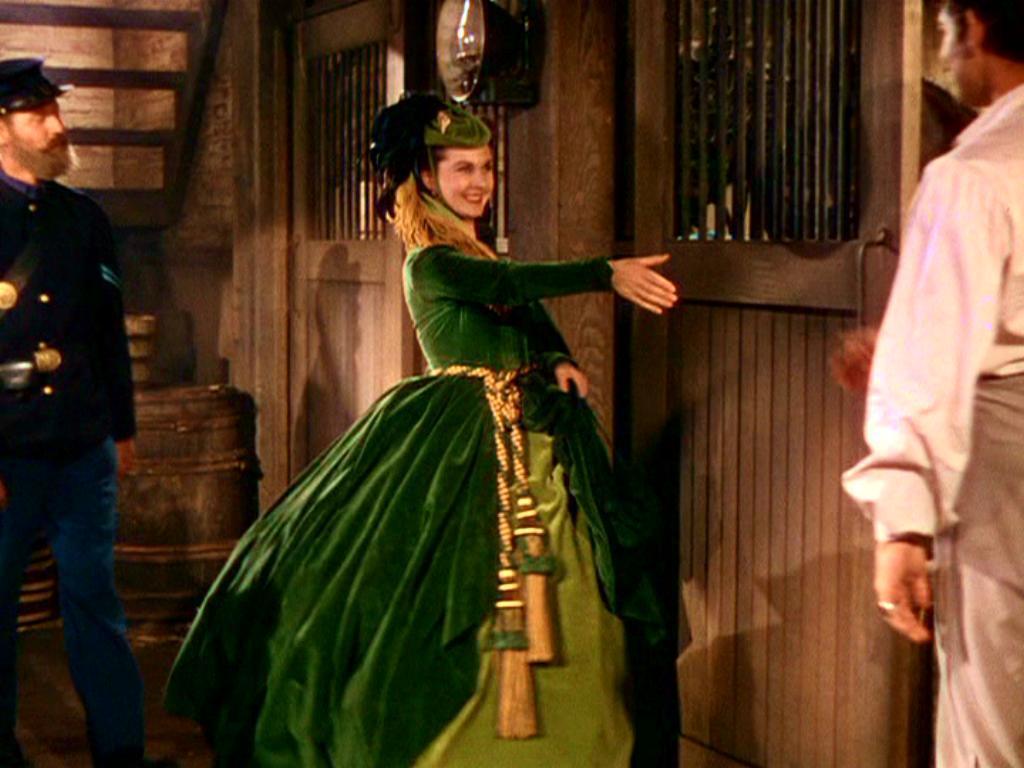
If ever there was a film to showcase classic Hollywood in all its glamor and wealth, it is the period-romance Gone With the Wind. An epic in every sense of the word, the film features some of the most magnificent costuming ever seen.
There were 2,500 outfits made for the female actors and extras alone. Vivien Leigh, in one of the great performances, as Scarlett O’Hara is a spoilt Southern Belle who carries on an affair with a blockade runner during the chaos of the American Civil War.
In many ways Scarlett and her wardrobe represent her very way of life; eloquent, grand in scale and incredibly ornate, yet completely at odds with the violence rampaging through their environment.
Among the stunning full body gowns, perhaps the most famous is the green velvet dress made by Scarlett from a pair of curtains. Costume designer Walter Plunkett (who didn’t receive the Oscar for costume design, presumably because it didn’t exist yet) received help from the Daughters of the Confederacy in order to understand the correct techniques.
3. The Wizard of Oz (1939)
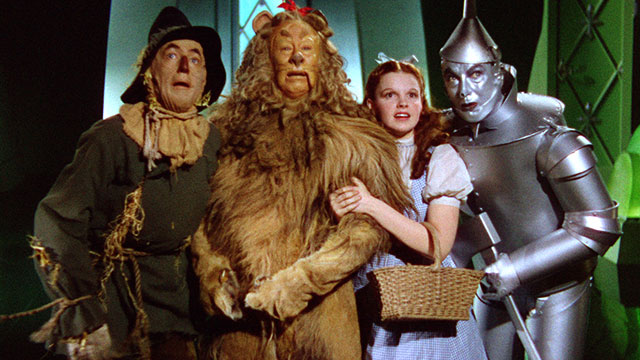
Judy Garland’s image as she crosses the threshold from a sepia-toned Kansas into the technicolored world of Oz is one of the most defining images in movie history. Dorothy’s outfit has come to represent a Golden Age of Hollywood cinema in a way only equaled by the likes of Chaplin’s Little Tramp.
The chequered blue dress, wicker basket and pigtails are a wholesome image of country girl innocence that has been imitated and parodied ever since. The magical red slippers, donned in sparkling ruby sequins are considered amongst the most valuable items of film memorabilia with a market value between $2-3 million.
Four pairs are said to be in existence, including one stolen from a Minnesota museum in 2005. Another pair, was purchased by the Academy of Motion Picture Arts and Sciences, with the help of benefactors such as Leonardo DiCaprio and Steven Spielberg, for exhibition.
4. His Girl Friday (1940)
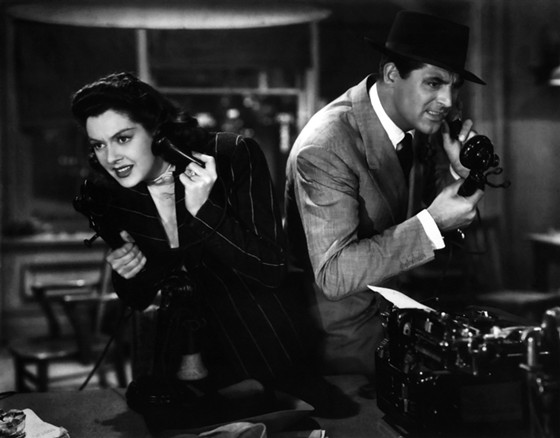
One of the dominate themes across Howard Hawk’s oeuvre are the various codes of masculinity and the strong-willed, sharped-tongued women who challenge them. Hildy Johnson, played with aplomb by Rosalind Russell, is the quintessential Hawksian woman.
What she lacks in elegance and grace she makes up for with wit and tenacity – she is a newspaperman after all. Hawks wanted something ‘striped and flashy’ to go toe-to-toe with a trilby wearing Cary Grant.
Inspired by real life Adela Rogers St. Johns, the costume design is attributed to Robert Kalloch. However it’s the way in which Russell announces herself with a striped chevron coat, fitted hip skirt with matching belt and high-crowned top-hat, that allows her to command a degree of authority in a male-orientated profession.
5. Gilda (1946)
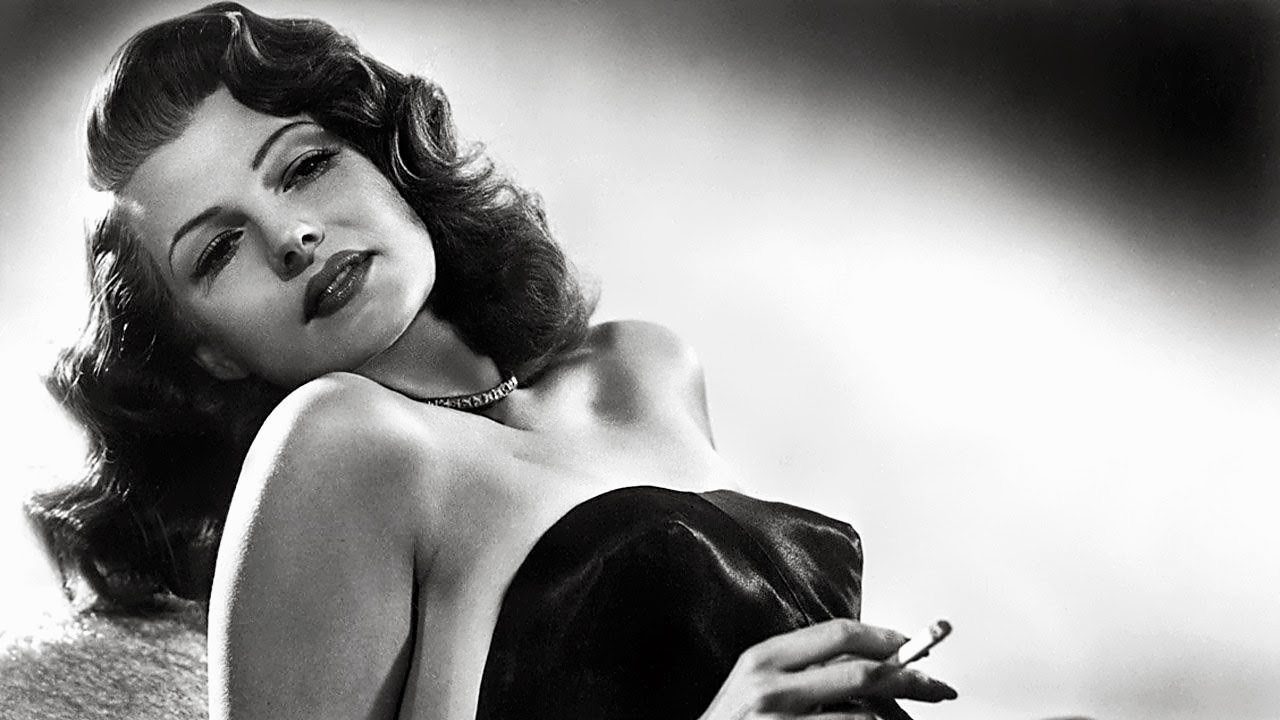
Jean Louis was responsible for some of classic Hollywood’s most famous costumes, the designer was nominated for no less that twelve Academy awards. His work on Charles Vidor’s sultry noir is the jewel in a well decorated career. So famous is the black strapless dress worn by Rita Hayworth as she performs the film’s theme ‘Put the Blame on Mame’, that it even has its own Wikipedia entry.
Black satin, with bare shoulders and a side-slit, the dress was listed as one of the top 10 fashion moments by The Independent. However, every outfit exudes a seductive elegance unique to Hayworth.
Just some of the many other highlights include a halter-neck, draped Grecian evening dress with sequinned blazer and a semi-transparent, frilled negligée she wears during her notorious first entrance.
6. La Notte (1961)
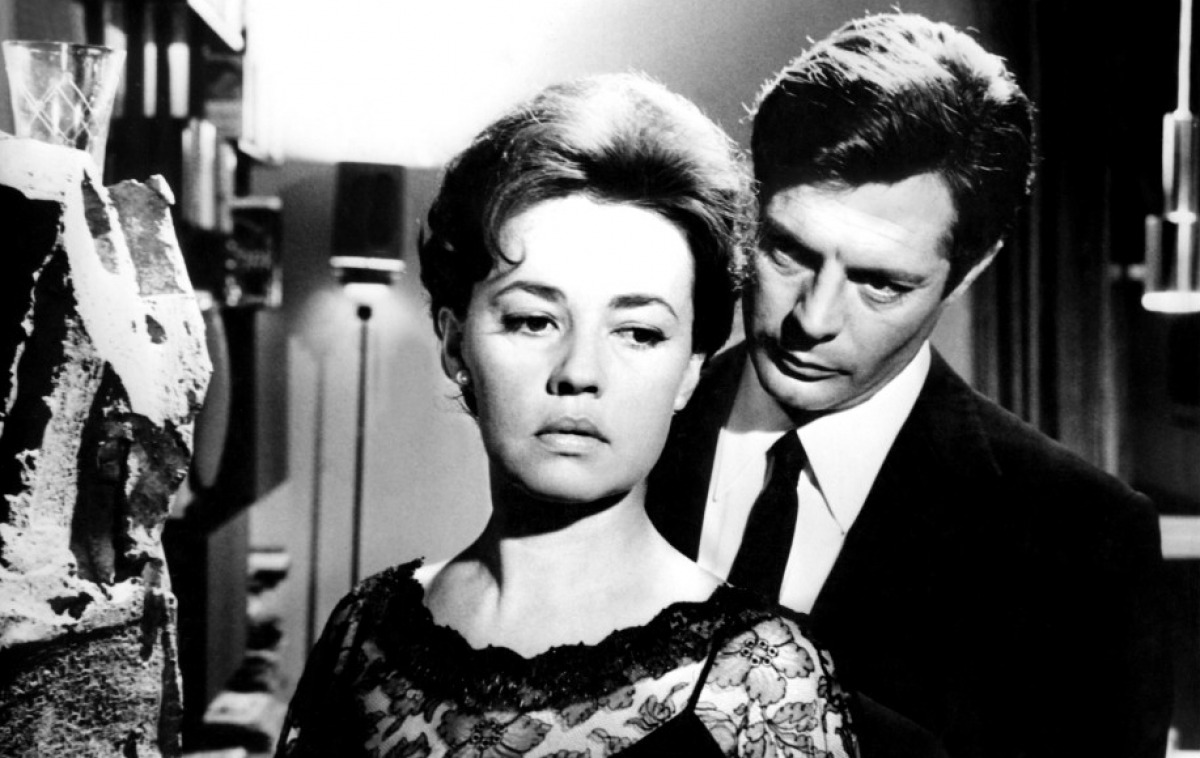
A collaboration featuring this level of pedigree was as close to a sure thing as you could get when it comes to cinematic style. Antonioni was at the height of his powers, fusing abstract reflection with narrative flair through a soulless, lavish Milan.
King of Cool, Marcello Mastroianni, plays an aloof intellectual writer who skulks between his bitter wife (a positively smouldering Jeanne Moreau) and the ludic daughter of one his patrons (art-house pin-up girl Monica Vitti).
Mastroianni looks as slick as ever, but it is the two women at the heart of this story that really take the centre stage. Moreau looks exposed during a solitary walk through an emaciated Milan in her patterned summer dress with matching white cardigan.
However, it isn’t until the launch party of Mastroianni’s new book that the two meet. Raven haired, in eloquent black evening dresses with low necklines, they become a mirror of each other’s futures and pasts. The most beautiful faces at what Pauline Kael would famously refer to as ‘Come-Dressed-As-the-Sick-Soul-of-Europe Parties.’
7. Breakfast at Tiffany’s (1961)
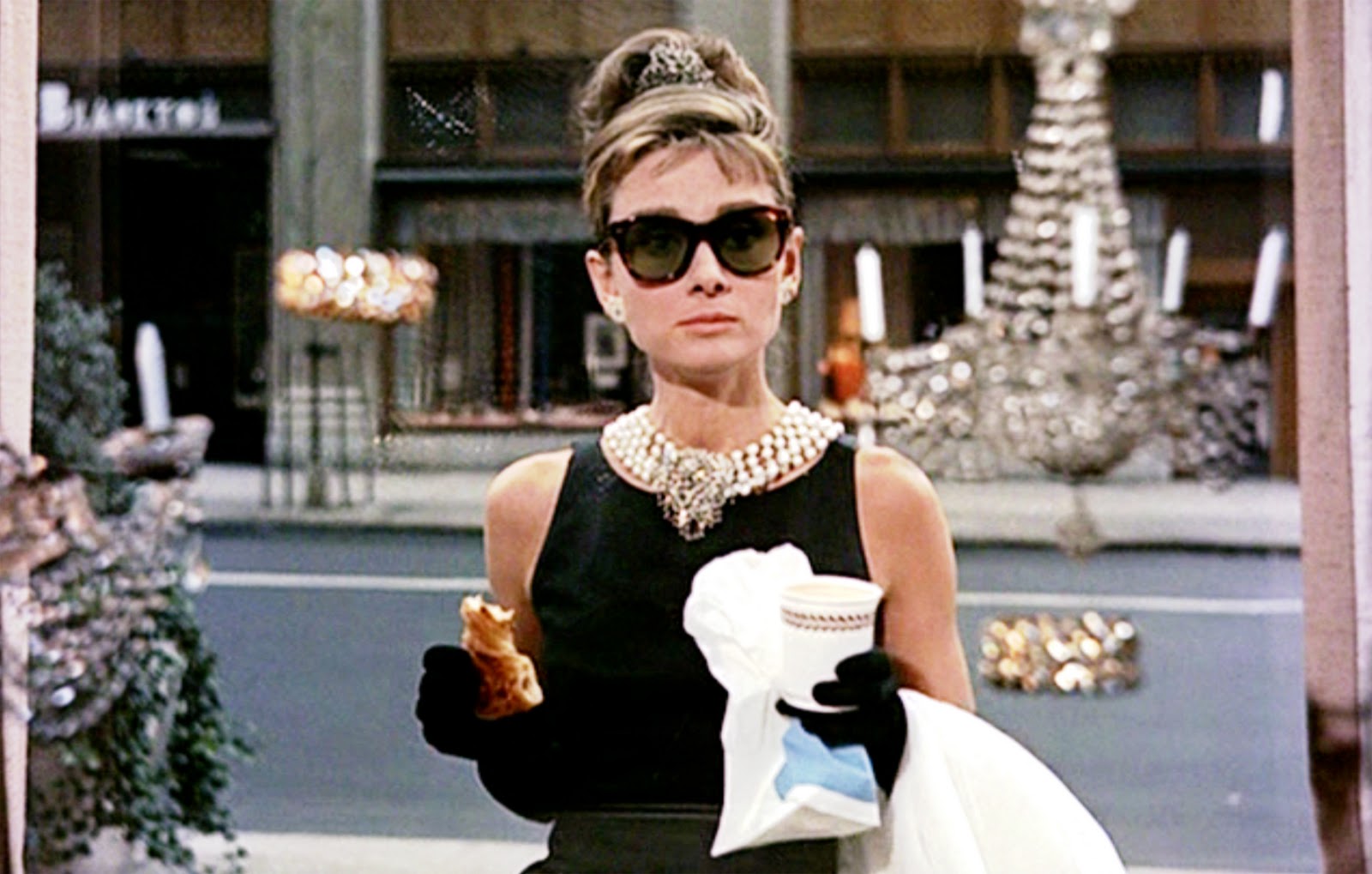
It is hard to quantify the impact of Breakfast at Tiffany’s on fashion in and outside of film culture. The film follows troubled call girl and socialite, Holly Golightly (played by the immortal Audrey Hepburn) who takes an interest in a man who moves into her apartment block. Hepburn’s wardrobe is simple but still eloquent and sprinkled with glamour.
Of the three ‘little black’ dresses designed by Givenchy for the film, one was sold for $947,000 in 2006. It is also the details, though, that have made the film so forever iconic; her Goldsmith’s Manhattan tortoiseshell sunglasses, arm-length satin gloves, wide-brimmed hat, enlarged cigarette holder and pearl necklace remain a constant visual reference point for fashion in cinema.
Hepburn looks just as timeless in any number of her outfits from the film whether its blue jeans and a grey sweater or a headscarf and a beige overcoat.
8. The Misfits (1961)
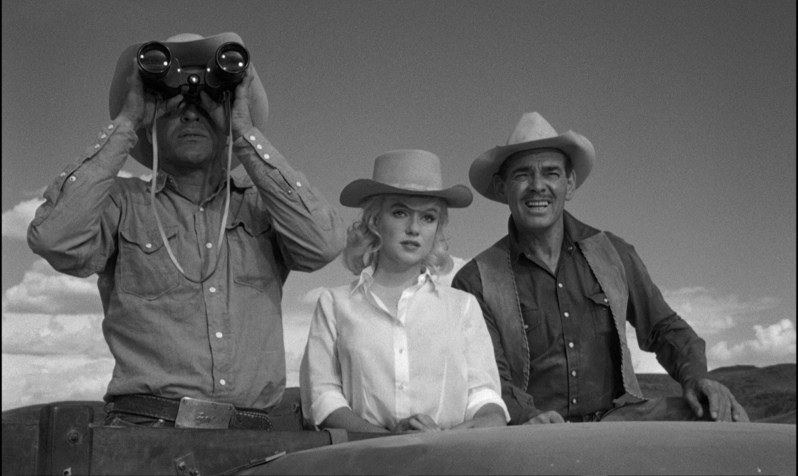
John Huston’s cursed drama, penned by Monroe’s then-husband Arthur Miller was the final completed film of Hollywood’s most enduring sex symbol. Monroe plays Roslyn Taber, a troubled girl who strikes up a relationship with ranchers Clark Gable and Montgomery Clift. Monroe has some of the most iconic outfits in cinema history, and The Misfits is no exception.
The white cherry-sprigged sundress is classic Monroe, capturing that potent mix of vulnerability and sensuality synonymous with her persona.
However, it is the rule-breaking denim combo of high-waisted stonewashed Levi jeans and an oversized Lee Storm Rider jacket with corduroy collar (that was borrowed from Montgomery Clift’s wardrobe) which is most memorable from the film. The plain white shirt and tan leather cowboy boots complete this timeless classic.
9. The Young Girls of Rochefort (1967)
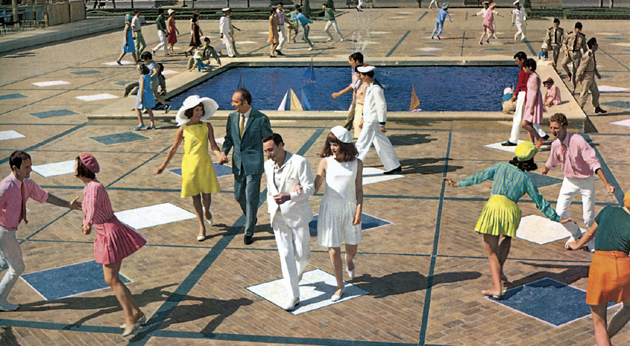
Jacques Demy’s ode to the classic Hollywood musicals that had a huge impact on him as a youth, is a wonderfully chic romp through the French seaside town of Rochefort.
Intertwining love stories play-out across the streets in waves of pastel colours and boutique chocolate-box decor. Catherine Deneuve stars alongside her real-life sister Françoise Dorléac (who died tragically in a car accident just months after completing the film) as twins (one a ballet instructor, the other teaches music) who dream of a bigger life.
Every interior, and exterior for that matter, would look right in place in a Cath Kidston catalogue. The girls radiate cheerfully in simple but bright pink and yellow co-ordinated summer dresses and saucer hats.
10. An Evening in Paris (1967)
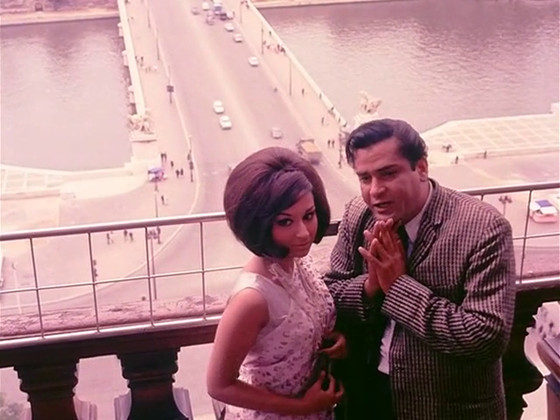
Sharmila Tagore became the first woman to wear a bikini on screen in India in this charming mystical romance. An Evening in Paris follows a rich Indian woman who falls in love with a man she meets in Paris.
The film was a major success due in part to its locations and music. However, its lasting impact came from Sharmila Tagore, whose ultra-glam blue swimsuit and toned figure shocked the conservative mainstream audience and helped transform the roles offered to women in Bollywood.
No longer were they confined to symbols of modesty and sacrifice but were now objects of desire. In effect, Tagore was India’s first female sex symbol.